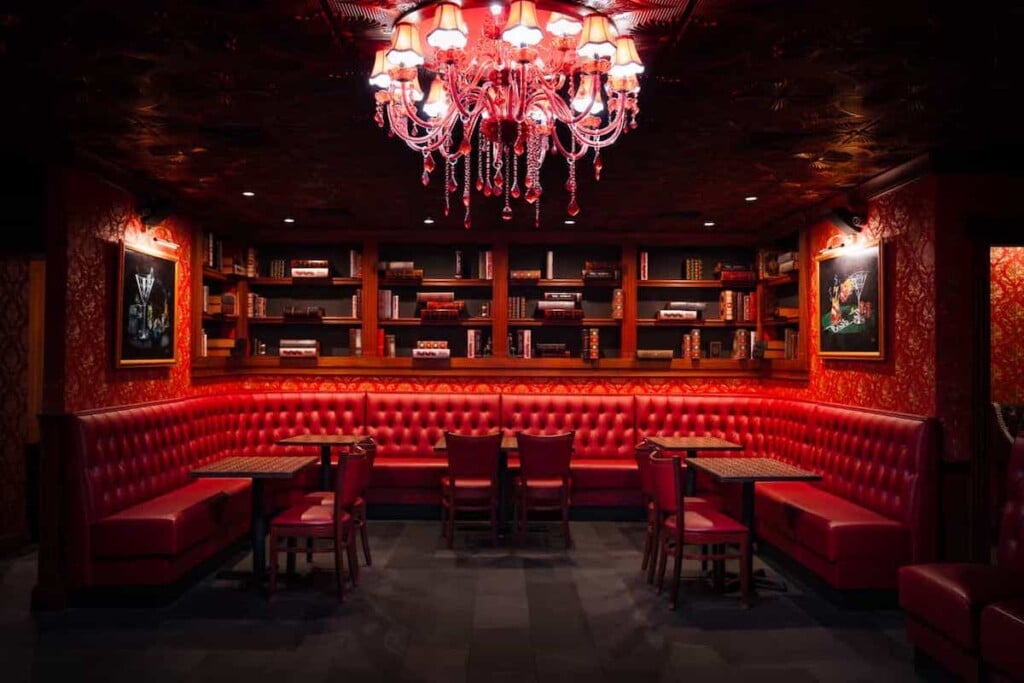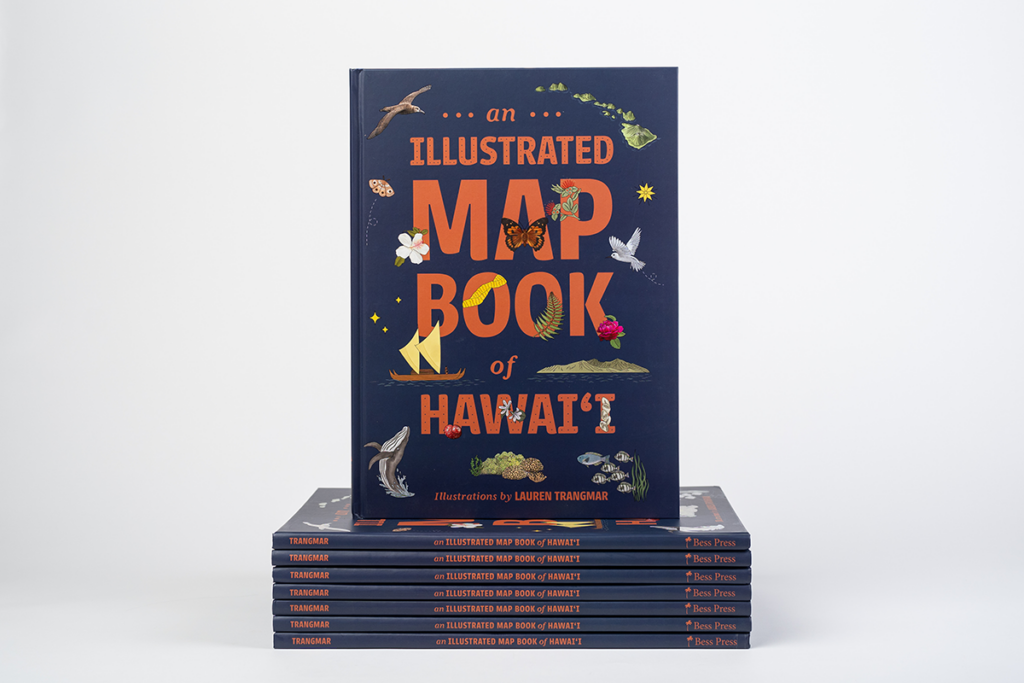“Bananas
are herbs, you know that, right?” says Kimo Pa, as he guides me to the rows of
banana “trees” at his family’s Pepe’ekeo farm along the Hämäkua Coast on the island
of Hawai’i. It certainly never struck me that these 10- to 12-foot trees were
relatives of basil and rosemary.Indeed, bananas are the world’s largest
herb. With origins in Malaysia, banana trees are actually bushes, and the 100-pound
banana bunch is the last leaf of the plant. Pa was eager to tell me all
about the bananas grown on the plantation he manages, Kea’au Banana Plantation,
which has 600 acres in cultivation in Ke’eau and Pepe’ekeo. His father-in-law,
Richard Ha, began growing bananas 30 years ago. Now the operation is the largest
commercial grower of bananas in the United States. Banana growing is well suited
to the Hämäkua Coast, where rainfall is plentiful. “Bananas grown at higher elevations
are sweeter,” explains Pa, standing on what used to be viable sugar lands, at
about 400-feet elevation. As each bunch of bananas is fully formed, it is
given a manicure. “We take off the flowers at the ends of each banana,” demonstrates
Pa. “Insects live in these ends, which are very sticky.” The banana flower itself
is removed, too, because it attracts thrips, an insect that can damage the banana’s
skin and make it appear blemished. Once a bunch has formed – three to four
months for a Williams variety, four to five months for an apple variety – perforated
plastic bags are placed over the entire bunch. The bags protect the fruit from
dust and the elements, and helps it mature faster. “It’s also a matter of food
safety,” says Pa, “since the bags keep insects and birds away.” Bananas
are harvested green – they develop their sweetness after they are picked – and
when their shape has filled out. “There’s still a corner visible, and it’s not
quite round,” explains Pa. When a bunch of bananas is harvested, the tree is chopped
down and a “daughter keiki” is left to grow, while other keiki that have formed
from underground rhizomes are removed. Harvested bunches are placed on padded
truck beds and taken to the packing shed. Here, the bananas are washed in
chlorinated water, cut into “hands” and washed again. The hands are graded for
length, size and blemishes. The best bananas of the Williams variety are 9 to
10 inches long, with no blemishes. These might go into Harry and David (a mail-order
fruit company) boxes and shipped directly to customers from the farm, following
a strict protocol to eliminate any fruit flies from hopping aboard. The
majority of bananas – 200,000 pounds each week – are destined for Island tables.
“It’s not just a banana,” says Pa proudly as he surveys the bananas hanging neatly
in the shed. “It takes a lot of extra effort to get a quality product.” Banana
bites | From
the time they are harvested, bananas ripen in about 9 to 10 days. Buy bananas
at the half-ripe stage and let them ripen for several days. A ripe banana has
no green tips; as a banana ripens it becomes sweeter. Apple
bananas are firmer than Williams bananas; they may cost a little more, but they
last longer, remaining firm and sweet.
Never ripen bananas in the refrigerator;
the cold will stop the development of their sugars.
Bananas are a good source
of potassium, are high in vitamin B-6 and low in sodium and are good source of
fiber. A single banana has about 95 calories. |
|








